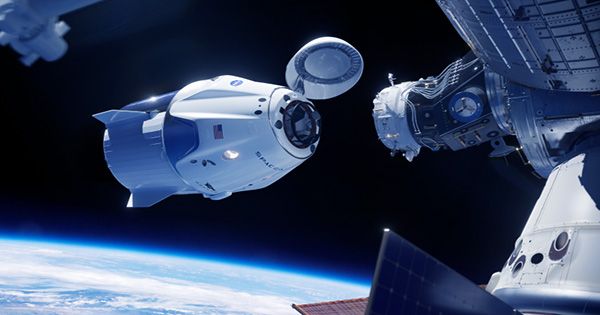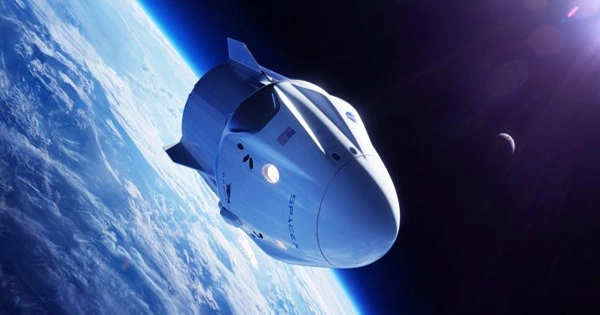According to Reuters, SpaceX will stop producing new Crew Dragons, the spaceship that transports men to and from the International Space Station, and instead focus on repurposing the current fleet of four. SpaceX President Gwynne Shotwell told Reuters that the company plans to continue manufacturing Crew Dragon components for refurbishment and that it would be able to produce more of the astronaut capsules if required.
Crew Dragon is SpaceX’s first crewed spacecraft, based on the Dragon cargo capsule that provides resupply services to the International Space Station. Since its debut in 2020, Crew Dragon capsules have flown humans to space on five different flights, including Inspiration4, a private crewed trip backed by billionaire Jared Isaacman. NASA’s Crew Dragon is also the only reusable vehicle used to transport astronauts to and from the International Space Station. In 2014, NASA awarded SpaceX the Commercial Crew Transportation Capability (CCtCap) contract for six missions, and in February, NASA requested three more Crew Dragon flights from the business. For the nine missions, SpaceX will earn roughly $3.5 billion in total.

At the moment, SpaceX has a monopoly on human travel to the International Space Station. Despite receiving a CCtCap contract from NASA, Boeing’s proposed crewed spaceship, Starliner, has been plagued by technical issues that have prevented even a test flight. While the corporation completes Crew Dragon manufacturing, it continues to work on the ultra-super-heavy next-generation launch system Starship. SpaceX CEO Elon Musk announced on Twitter that the first orbital flight test of the new spaceship will take place in May, but the company is still waiting for key regulatory approvals from the Federal Aviation Administration.
The ailing Starliner capsule received an update from NASA and Boeing on Tuesday, indicating that the spacecraft will fly sometime in the first part of next year. After a fault with the oxidizer valves was detected four and a half hours before takeoff, the Starliner was grounded in August. The launch was part of the second uncrewed test mission for Starliner, designated Orbital Flight Test-2 (OFT-2). Boeing has been unable to determine the underlying cause of why 13 of the 24 valves in the propulsion system were stuck in the closed position during regular pre-mission tasks since the problem was found.
















